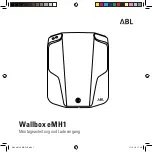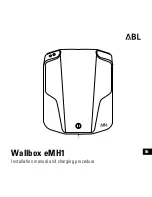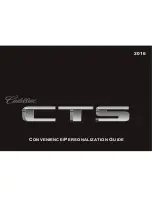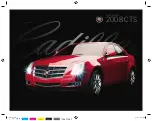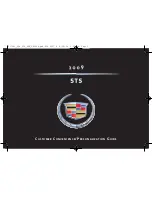
DRIVING THROUGH WATER
Do not drive quickly through standing water, especially if the depth is
unknown. Traction or brake capability may be limited and if the ignition
system gets wet, your engine may stall. Water may also enter your
engine’s air intake and severely damage your engine.
If driving through deep or standing water is unavoidable, proceed very
slowly. Never drive through water that is higher than the bottom of the
hubs (truck)/wheel rims (car).
Once through the water, always try the brakes. Wet brakes do not stop
the vehicle as effectively as dry brakes. Drying can be improved by
moving your vehicle slowly while applying light pressure on the brake
pedal.
TRAILER TOWING
Your vehicle may tow a class I, II or III trailer provided the maximum
trailer weight is less than or equal to the maximum trailer weight listed
for your engine and rear axle ratio on the following charts.
Trailer Towing Table
GCWR (Gross Combined Weight Rating)/Trailer Weights
Engine
Rear
axle
ratio
Maximum
GCWR-kg
(lbs.)
Trailer weight
range-kg (lbs.)
(0-Maximum)
Maximum
Frontal Area
Of Trailer-m
2
(ft
2
)
Regular Van E-150
4.2L
3.31
4 082 (9 000)
1 860 (4 100)
5.52 (60)
4.2L
3.55
4 536 (10 000)
2 313 (5 100)
5.52 (60)
4.6L
3.31
4 990 (11 000)
2 766 (6 100)
5.52 (60)
4.6L
3.55
5 216 (11 500)
2 993 (6 600)
5.52 (60)
5.4L
3.55
5 443 (12 000)
3 130 (6 900)
5.52 (60)
Regular Van E-250
4.2L
3.73
4 763 (10 500)
2 359 (5 200)
5.52 (60)
5.4L
3.73
5 897 (13 000)
3 402 (7 500)
5.52 (60)
Regular Van E-250 HD
4.2L
4.09
4 990 (11 000)
2 586 (5 700)
5.52 (60)
5.4L
3.73
5 897 (13 000)
3 402 (7 500)
5.52 (60)
Driving
70
Summary of Contents for 1998 E-150
Page 116: ...Four tire rotation Five tire rotation Maintenance and care 116...
Page 136: ...3 2 1 4 5 Capacities and specifications 136...
Page 143: ...143...































